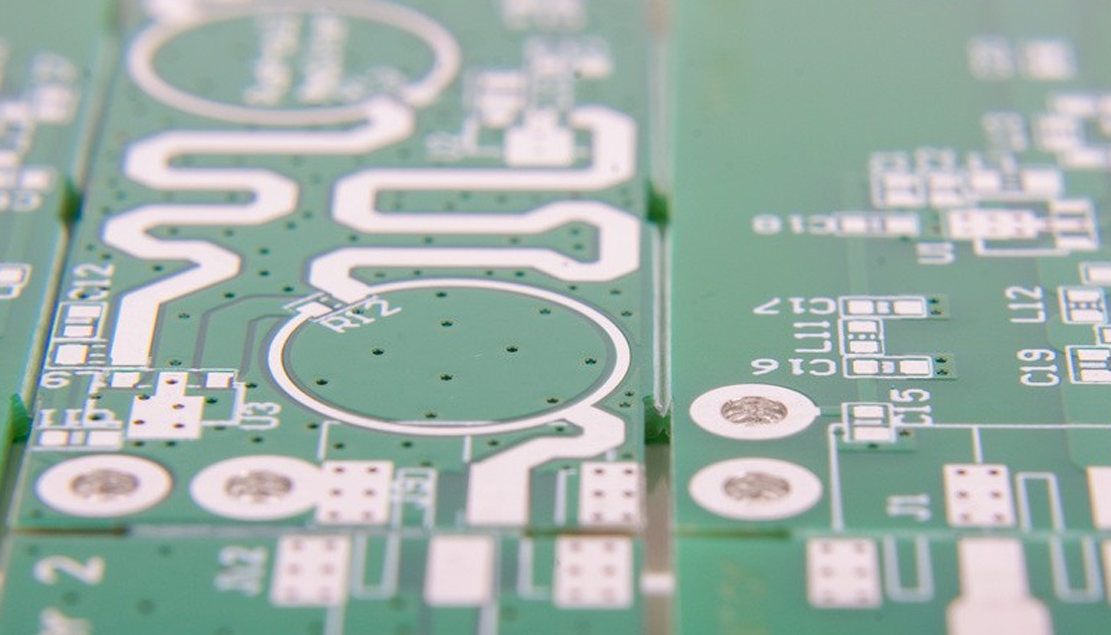High-Tg PCBs are ideal to use in high-temperature requirements (>170 degree Celsius). Tg
or Glass Transition Temperature defines the temperature limit for the proper working of
PCB.
To put it simply, the working temperature of the PCB should always be less than the
Tg(glass transition temperature) value of the substrate. Tg affects the molecular
weight, crosslinks, and flexibility of the polymer used in the PCB board. High-Tg PCBs
provide better stability and hassle-free operation at a higher temperature.
What happens when the temperature exceeds the Tg value for the PCB?
When the PCB temperature exceeds its Tg value for a considerable amount of
time, the substrate undergoes a change from its glassy state to a rubbery state.So the
substrate doesn’t melt but becomes rubbery and undergoes structural change. With this,
the PCB loses its mechanical and electrical properties.
Properties of High-Tg PCBs
While working on PCBs, the temperature is an important parameter to ensure
reliability. Because as the temperature increases, the materials start expanding, and
hence, their properties change.
So, to ensure that the PCB performs efficiently even at higher temperatures, High-Tg
PCBs are used.
High-Tg materials have the following properties:
1. Lower thermal expansion.
High-Tg PCB undergoes lesser dimension changes at high temperatures. So, when the
temperature lowers down, the chances of cracking or breaking the substrate reduces.
2. Better heat and moisture resistance.
High-Tg PCBs provide better mechanical and chemical resistance than Normal-FR4 PCBs.

Advantages of High-Tg PCBs
Higher Stability
High-Tg PCBs have better heat, chemical, and moisture resistance. It improves the
lifespan of the PCB board by reducing the short circuit and other PCB failures.
Ideal for Multi-layer PCBs
Multi-layer PCBs have complex and dense electronic circuits. With more electronic
components placed in a confined space, the heat generation is way more than standard
PCBs. So, an effective way to tackle this problem is to use substrate made of High-Tg
material.
 Well-known PCB supplier
Well-known PCB supplier

